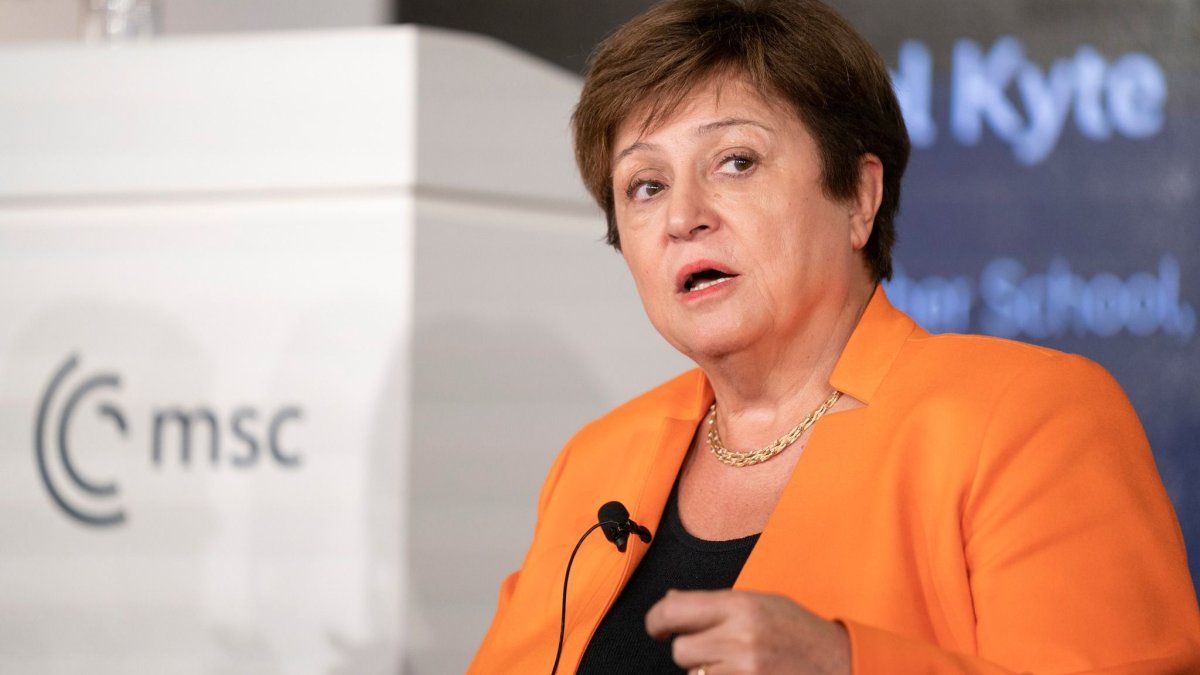According to the Association of the Petroleum Industry, around 250 million liters less fuel were tanked up in Austria last year than in 2021. This means that CO2 emissions from traffic have fallen by around 600,000 tons, as a current VCÖ analysis shows. However, at around 21 million tons, traffic caused more than 50 percent more CO2 than in 1990. In order to be able to reduce CO2 emissions from traffic to the required extent, additional measures are needed quickly.
Massive increase compared to 1990
“CO2 emissions from traffic are falling, but to a too small extent. Significantly larger steps are needed to be able to achieve the climate target in good time,” stated VCÖ expert Lina Mosshammer in a broadcast. The VCÖ pointed out that traffic caused around 21 million tons of CO2 in the previous year, around 0.6 million tons less than in 2021 and around three million tons less than in 2019.
While other sectors had already achieved a reduction in greenhouse gas emissions compared to 1990 before the Covid-19 pandemic, for example in the building sector by a third, there was a massive increase in transport. “The need to catch up when it comes to climate protection is particularly great in the transport sector and time is of the essence,” says Mosshammer. Greenhouse gas emissions must be reduced quickly, otherwise there will be tipping points that can no longer be reversed. At 8.6 tons per year, Austria produces almost twice as many greenhouse gases per capita as the global average.
The currently unused climate protection potential in the transport sector can finally be used. According to the Federal Environment Agency alone, 830,000 tons of CO2 per year can be avoided by driving at a speed of 80 instead of 100 on rural roads and at a speed of 100 instead of 130 on motorways. “Lower speed limits are the ‘low hanging fruits’ in climate protection. They can be implemented quickly with less effort and bring great benefits, even beyond climate protection, such as less traffic noise and more traffic safety,” Mosshammer explained.
According to the VCÖ, there is also great potential in shifting to public transport. For example, if you commute by train instead of by car on the Amstetten – St. Pölten route, you avoid around 4,600 kilograms of CO2 per year on average. More public transport connections, especially where there is currently a lack of supply and where more capacity is needed, “are indispensable for achieving the climate goals”.
Other factors could also have contributed to the minus of 250 million liters of fuel in Austria. “This year makes it difficult to interpret the figures for a variety of reasons. What is certain is that high global demand for fuel has met a persistent supply shortage due to logistics problems and geopolitical uncertainties. Price-stabilizing measures in our neighboring countries such as the price caps in Slovenia and Hungary or the tax cut on fuels in Germany in the summer, but also the introduction of CO2 pricing in Germany in October have influenced consumption,” explained the managing director of the Association of the Mineral Oil Industry, Hedwig Doloszeski, on the occasion of the assessment of the balance sheet on January 1st.
more from chronicle
Recall of batch of cold medicine Bronchostop
Twelve-year-old injured in firecracker accident
Austria is the most likeable neighboring country for the Germans
2022 – a record year for rescue helicopters
My themes
For your saved topics
found new items.
info By clicking on the icon you add the keyword to your topics.
info
Click on the icon to open your “My Topics” page. They have of 15 tags saved and would have to remove tags.
info By clicking on the icon you remove the keyword from your topics.
Add the theme to your themes.
Source: Nachrichten




